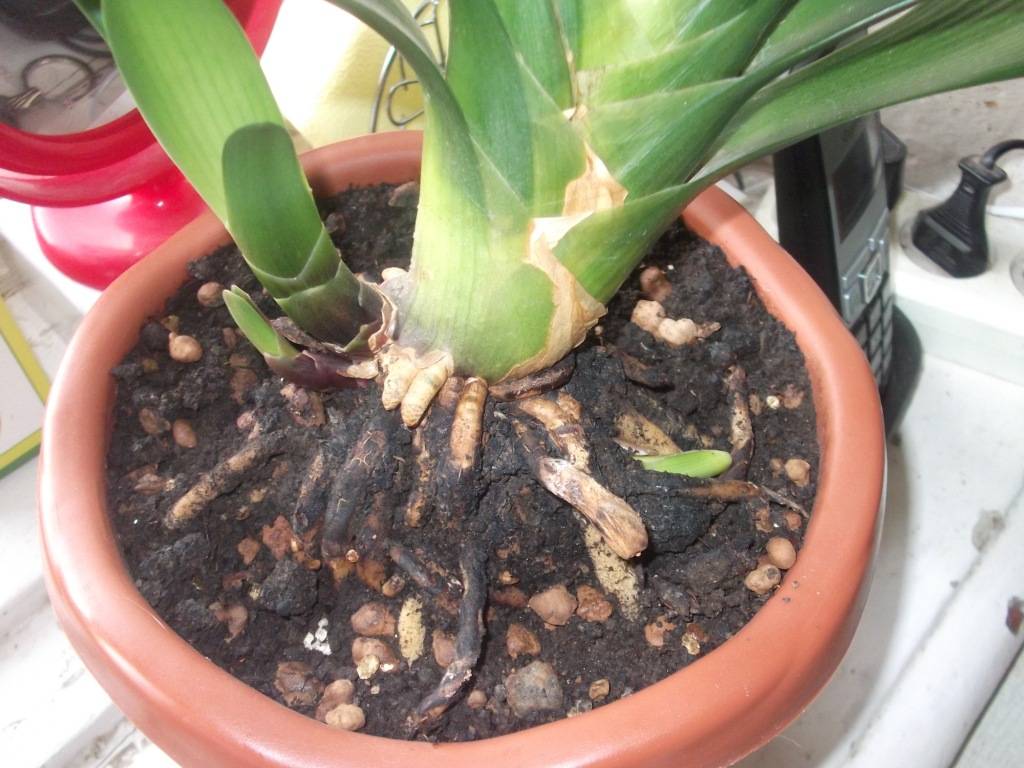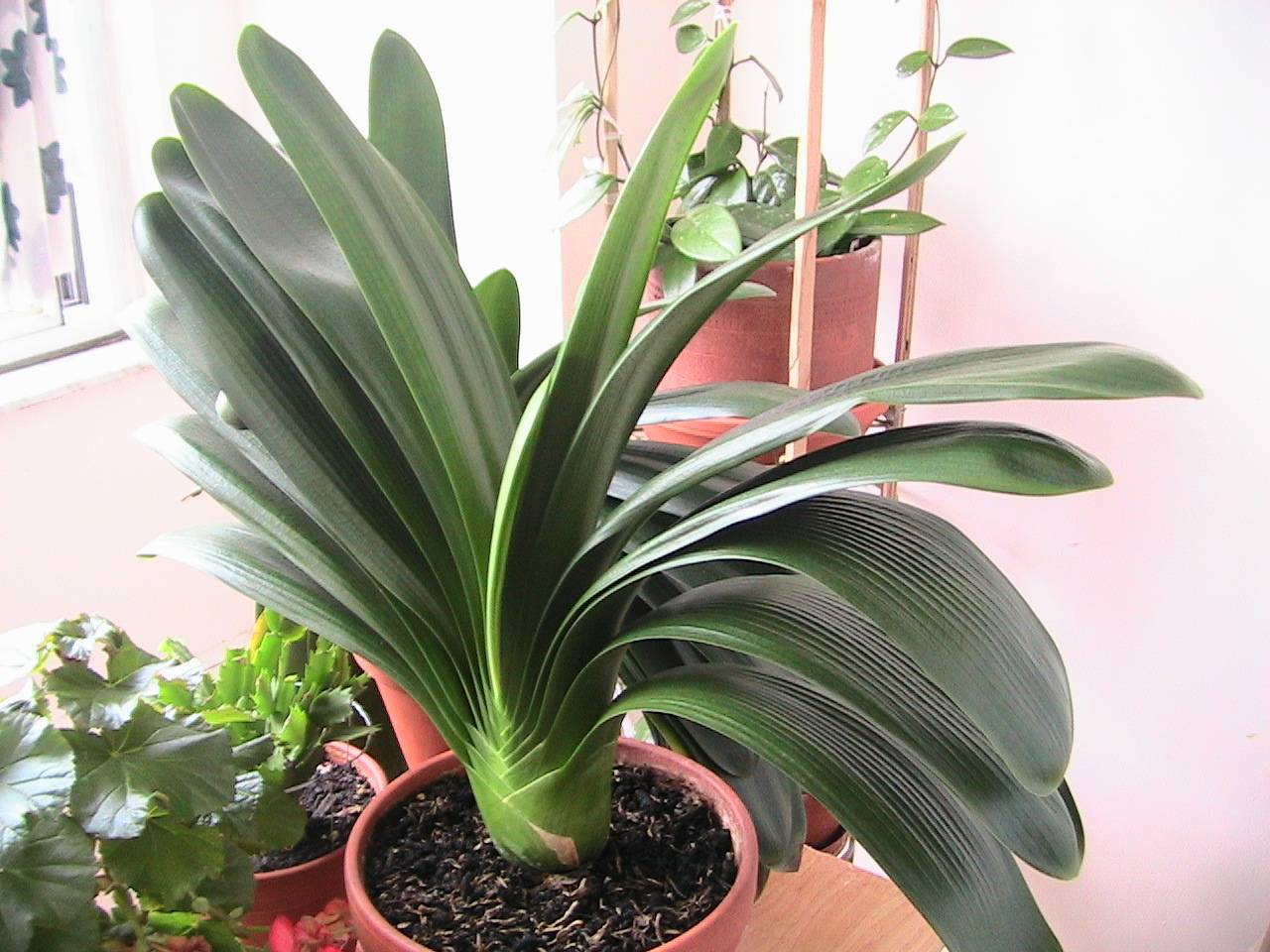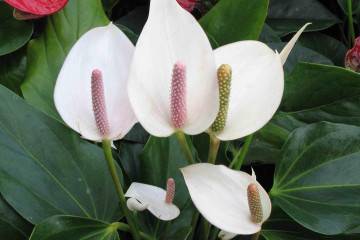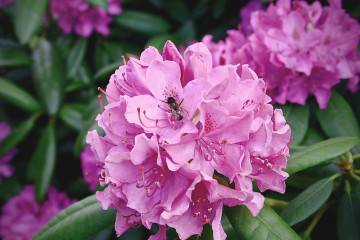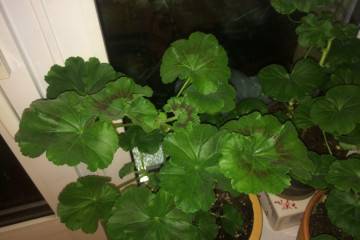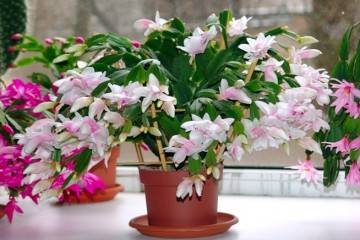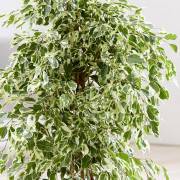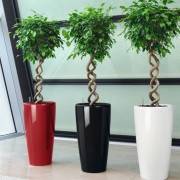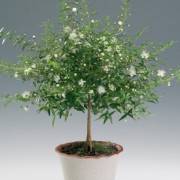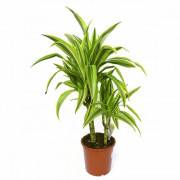Why clivia does not bloom at home - care
Content:
During flowering, clivia looks very impressive and attracts the attention of others. That is why it becomes a shame when, even with proper and timely care, it is impossible to achieve flowering. Why doesn't clivia bloom and how to make it bloom at last?
How clivia blooms
Clivia begins to bloom in late February or early March. A peduncle begins to sprout from the center of the rosette, which subsequently grows up to 40 cm in length. At the very top of this peduncle, small flowers appear. Usually there are about 30 buds on one inflorescence. Each bud is formed from 6 pink-orange petals, in the center of which long stamens are visible.
Why clivia does not bloom at home
It is sometimes very difficult to understand the reasons for stopping flowering. Therefore, searches are often found in search engines: "clivia, home care, why does not it bloom." Indeed, despite the decorative appearance, flower growers often face problems with the lack of flowering of indoor flowers. What is the reason for this?
The main reasons for the lack of flowering in clivia are:
- lack or over-watering;
- hypothermia;
- pests;
- illness;
- absence or incorrectly selected fertilizers;
- too young or old plant;
- lack of lighting;
- cramped pot.
The main reasons why the flower does not bloom
If clivia does not bloom, what each owner should know to do. But first you need to understand the reason for this behavior of the plant.
Improper care
Due to improper care, not only the peduncle, which cannot dissolve the buds, suffers, but the plant as a whole. It is very important to let the flower rest for at least 2 months a year, otherwise it will not be able to release a peduncle.
Improper lighting is also one of the main reasons for the inability of the bush to bloom. Clivia loves a lot of light, but not direct sunlight and prolonged exposure to the sun.
Violation of the watering regime
Lack of watering provokes a delay in the development and growth of the plant. The formation of chlorophyll in the leaves stops, and they begin to fade. The peduncle begins to dry out, sometimes the plant does not even have time to form inflorescences. If the buds were still able to bloom, as a rule, they are small in size, dry up quickly and fall.
With excessive watering, moisture stagnates in the soil. In the absence of loosening the soil in the pot, the situation worsens, and the plant gets sick with root rot.
Incorrect fertilization
In order for the plant to bloom well and in a timely manner, you should not feed with nitrogen-containing preparations before and during flowering. At this time, potassium is extremely necessary, which saturates the flower stalk and buds with the necessary nutrients.
Diseases and pests
Diseases and pests are also one of the main reasons why clivia stops blooming.The flower does not particularly suffer from the attacks of pests, rarely a scale insect and a mealybug may appear on its leaves. They begin to eat the juicy part of the leaf plates and stems, which is why the buds crumble, and the leaves begin to wither and turn yellow.
From diseases, clivia can get sick with root rot. The upper part of the bush stops growing and begins to wither, dark spots appear on the leaves and stems. The plant will simply not bloom physiologically under such conditions.
Alternating vegetation and dormancy phases
During the dormant period, clivia, like other flowering plants, stops its development. At this time, it is very important to provide the flower with all the necessary conditions for it to rest. The subsequent flowering depends on this.
As soon as the bush fades, you need to remove the dried buds, inflorescences and leaves. The pot itself is usually removed in a dimly lit room with a low temperature, you can put the plant on a closed loggia. The temperature of the subsequent content of clivia should not drop below 12 ° C.
During the dormant period, the bush must be watered and fed at least once a month. At this time, the foliage may turn slightly yellow, but do not sound the alarm. At the end of wintering, the flower will return to normal.
Usually, the rest period takes the entire autumn-winter season. As soon as the peduncle begins to appear, the wintering of the clivia ends, and a new season begins.
Too young plant
In the first three years, the plant usually does not bloom. Therefore, it is necessary to continue to properly care for the plant, and soon the clivia will thank the household with a beautiful flowering.
If the flower has been propagated and grown using seeds, it is worth waiting even longer for flowering. Usually, at least 4 or 5 years pass from the period of sowing the seeds and the appearance of the first bud.
What to do and how to make clivia bloom
Ways to make clivia bloom:
- send the flower to rest on your own, slowly reducing watering and the temperature of the content. This method will help a tired bush to gain strength and start active growth again and bloom in a timely manner;
- after the appearance of the arrow of the peduncle, it is necessary to gently wash the bush under warm water in the shower. Then increase the regularity of watering and feeding. The first feeding should be high in potassium. The element is contained in the following fertilizers: potassium sulfate, potassium chloride and potassium salt;
- if the flower is hypothermic, the temperature of its content cannot be sharply increased. This is done gradually, with regular ventilation, to harden the bush. In order to prevent a decrease in the level of humidity in the room, it is necessary to put a wide container with water next to the flower or periodically spray the bush from a spray bottle;
- in situations where the reason for the lack of flowering is a cramped or, conversely, too spacious pot, an urgent transplant is needed. In the first years of life, it is necessary to transplant the bush every spring, since the plant is actively developing and growing rapidly.
During flowering, the already beautiful clivia seems to be transformed. Since the plant has very intense colors of leaf plates and buds, any change in care is immediately reflected in its appearance. Clivia does not require special attention and, with timely measures taken, grows calmly and does not worry in vain.

